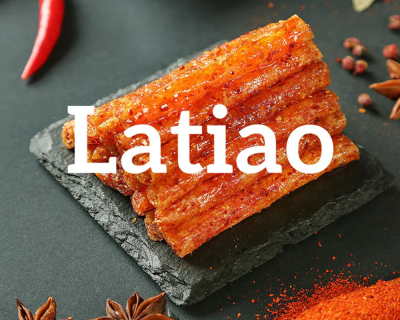
Spice and Seasoning Packaging: Modern Solutions and Industry Insights
Introduction
Spices and seasonings are among the oldest traded commodities in the world, prized for their ability to transform dishes with aroma, flavor, and color. From pepper and cumin to paprika and mixed seasoning blends, their value depends not only on quality but also on effective packaging. Proper packaging protects delicate volatile oils, prevents clumping, and ensures freshness until the product reaches consumers. In today’s competitive food market, spice packaging must balance shelf appeal, functionality, and preservation.
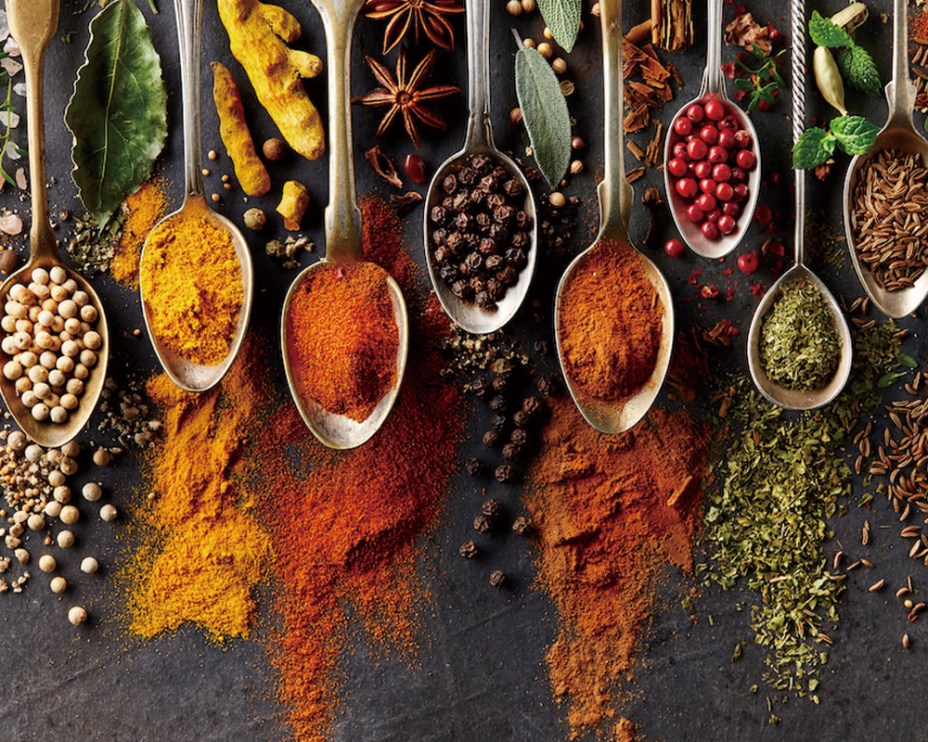
Key Requirements for Spice and Seasoning Packaging
Packaging spices is more complex than it may seem. Aromatic compounds in spices are highly sensitive to air, moisture, and light, which can reduce flavor intensity and shelf life. Additionally, powdered spices like turmeric or chili powder can stain packaging, while whole spices like cloves and cardamom require sufficient strength in pouches to withstand transportation. The ideal packaging should:
Offer strong barriers against oxygen, moisture, and UV light.
Ensure resealability for consumer convenience.
Support accurate dosing and portion sizes.
Adapt to different formats, such as single-use sachets, stand-up pouches, or larger bulk bags.
Modern Packaging Solutions for Spices
Today’s spice manufacturers often rely on two main types of packaging machines:
Vertical Form Fill Seal (VFFS) Machines:
These machines form pouches from roll stock film, fill them with spice powder or granules, and then seal them. VFFS is known for speed, flexibility in bag sizes, and cost-effectiveness—ideal for large-scale production.
Pre-Made Pouch Packaging Machines:
Instead of forming bags from film, these systems use ready-made pouches such as stand-up zip-lock bags or flat pouches. They provide excellent aesthetics, premium shelf appeal, and consumer-friendly features like resealable zippers or spouts.
Both systems can be paired with dosing devices such as auger fillers for powders or cup fillers for granules, ensuring precise weight accuracy while minimizing product loss. By choosing between VFFS and pre-made pouch solutions, businesses can balance efficiency with branding needs.
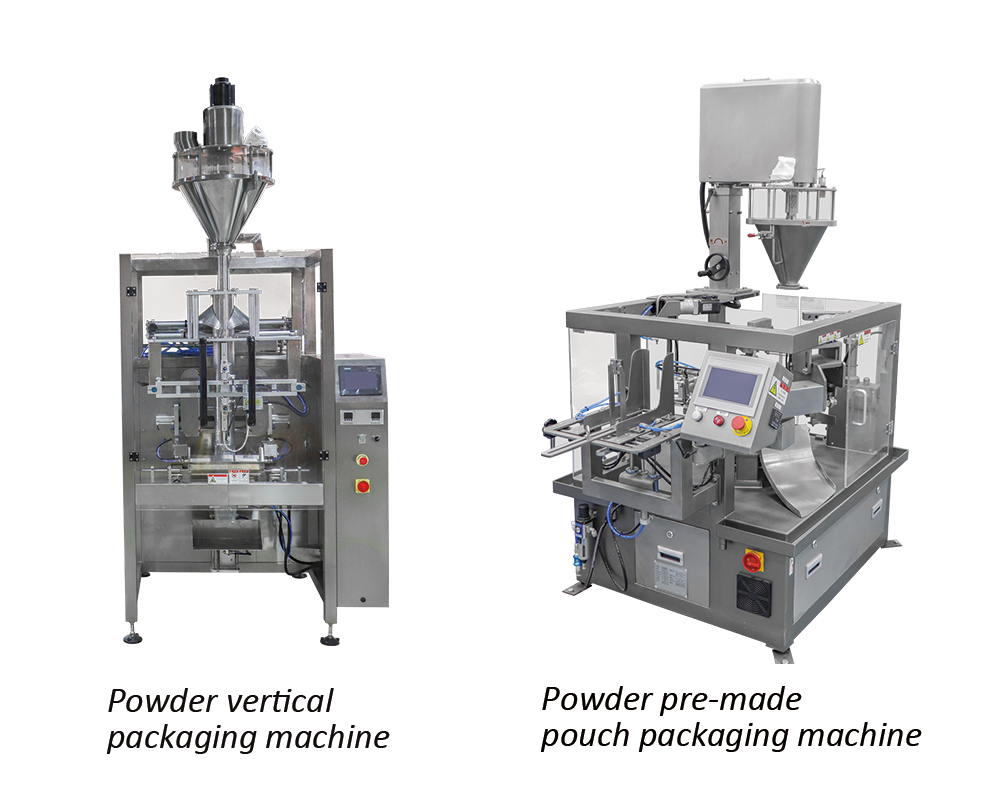
Packaging Materials for Spices
The choice of material is just as important as the machine. Packaging films need to protect volatile oils and prevent aroma loss. Below is a comparison of common materials used in spice packaging:
Material Type | Advantages | Limitations | Typical Applications |
PET/PE Laminates | High clarity, strong sealing, resistant to leakage | Limited recyclability | Curry powder, chili flakes, mixed spices |
Aluminum Foil Laminates | Excellent barrier against oxygen, light, and moisture | Less eco-friendly, higher cost | Premium spices, long-shelf-life blends |
Paper/Poly Films | Eco-friendly, cost-effective | Lower barrier properties for fine powders | Dry herbs, seasoning sachets |
Biodegradable Films | Sustainable, growing demand in eco markets | Higher production cost, shorter shelf life | Organic spices, natural herb blends |
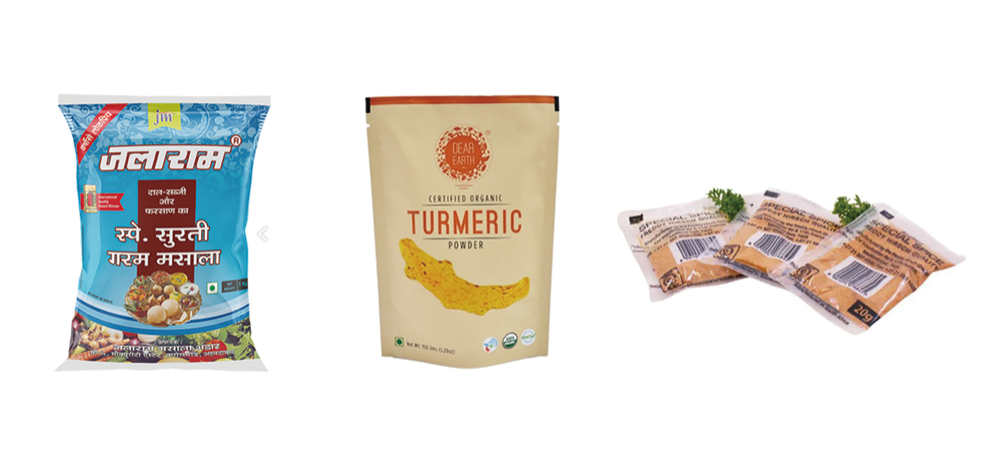
Convenience and Consumer Trends
Beyond preservation, modern spice packaging must appeal to changing consumer preferences. Resealable zip-lock bags are increasingly popular for home cooks who use spices frequently but in small amounts. Portion-controlled sachets are favored in foodservice and meal kits, while bulk packs cater to restaurants and wholesalers. The rise of sustainable packaging—biodegradable films and recyclable laminates—also reflects consumer demand for eco-conscious solutions.
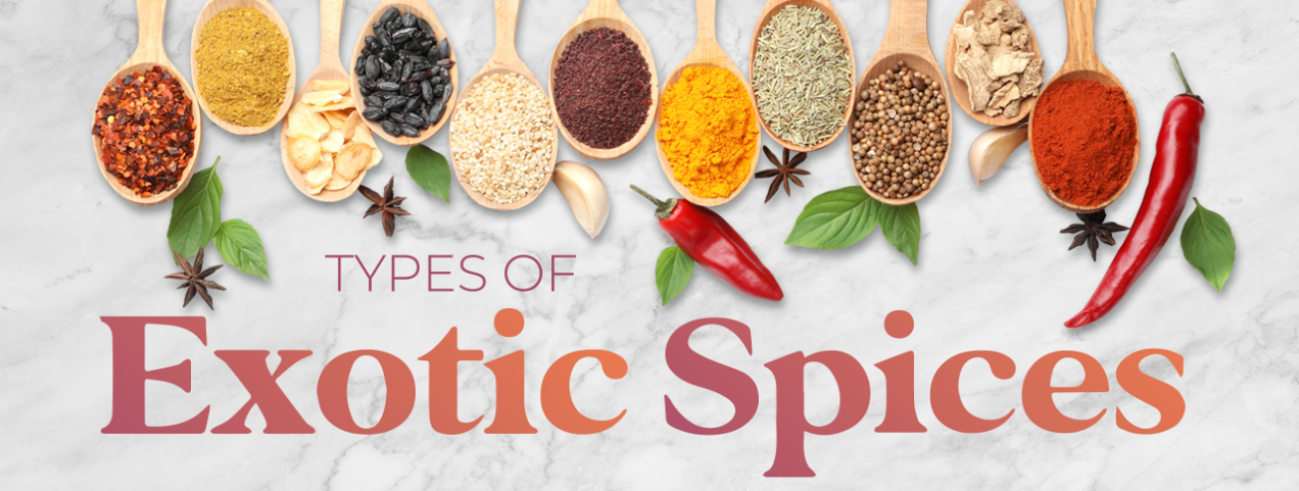
Conclusion
Spice and seasoning packaging has evolved from simple storage to a sophisticated balance of preservation, convenience, and branding. Whether using VFFS machines for high-speed bulk production or pre-made pouch machines for premium retail formats, manufacturers must align technology and materials with consumer needs. With the right packaging solution, spices retain their aroma and freshness, delighting consumers around the world.
Get the latest price? We'll respond as soon as possible(within 12 hours)











